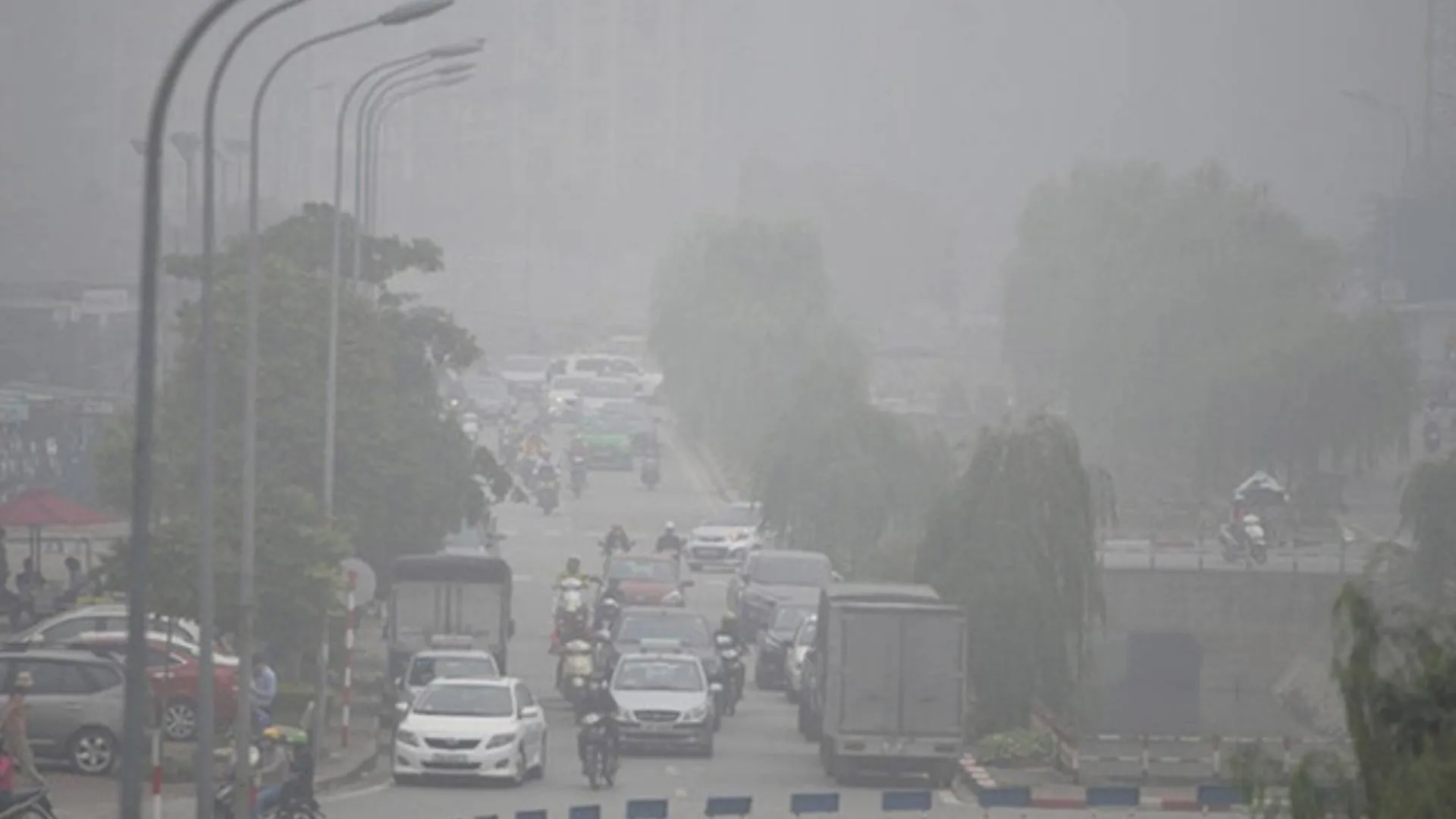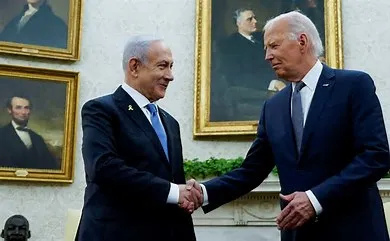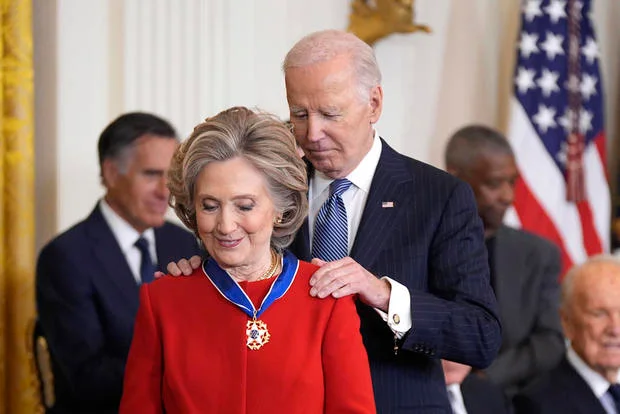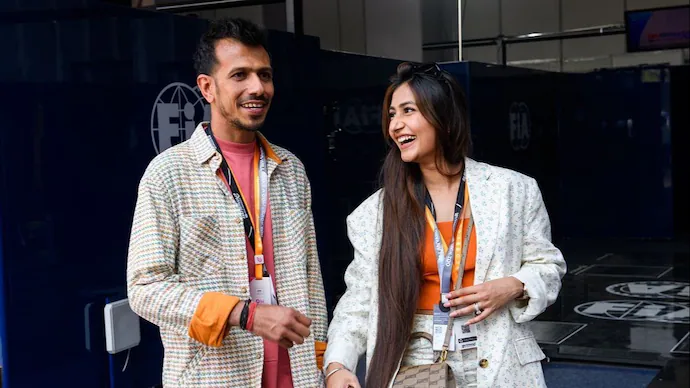Technology must reach maximum people to bring maximum transformation by India’s 100th year of independence and this can be met by reducing the gap between all haves and have-nots, noted Devusinh Chauhan, Minister of State, Ministry of Communication at the CII National Telecom Summit today. The conference was organised by Confederation of Indian Industry (CII) in association with Department of Telecommunications.
‘Bringing socio-economic changes to the bottom of the pyramid by reducing digital divide is the key and for that, rural areas should remain in focus’, the minister said.
The Covid-19 outbreak has augmented the urgency of the need for digital access to health and other social services. Over the last few years, broadband access and affordability has improved, due to continuous effort from government and private sector. There should be both citizen centric and industry-centric reforms to bring socio-economic change in the life of Antyodaya through digitalization as well as meet the USD 5 trillion target of national economy, said the minister.
K Rajaman, Secretary, Department of Telecommunications said that the share of the digital economy in India’s GDP is growing every year and it is important to harness and spread digital technologies quickly and efficiently. 5G and the largest rural broadband connectivity network project at BharatNet will soon embrace 1.9 lakh villages and would reach all villages within a year for better digital connectivity, he added.
The Government has recently taken several measures towards regulatory support around broadband and telecom services with its growing architecture. Going ahead, policy makers need to take care of the optical fibre network, while fetching more investments through digitalisation of businesses and captive private network, the Secretary stated.
Mr TV Ramachandran, President, BIF said that considering the key drivers including government provisions and measures, building on human capacity and skilling, bridging social inequalities are the key for digitalisation. Taking along the women users in the telecom journey and bridging the gender divide is important.
Dr. Rishi Bhatanagar, President, Aeries said that during Covid, the rural data utilization was much more than urban utilization which confirms that BharatNet is working and shows that the digital divide is reducing.
Kiran Karnik, former CII Chairman, National Committee on telecom and broadband and Past President, NASSCOM highlighted the need for further technological innovations and updated regulatory policies to remain relevant. The deep involvement by all stakeholders will play a crucial role in digital revolution and boosting the economy.























